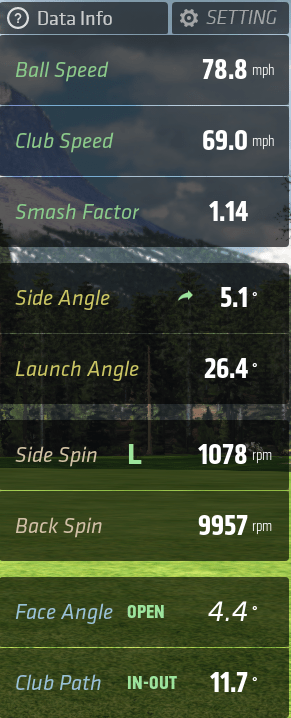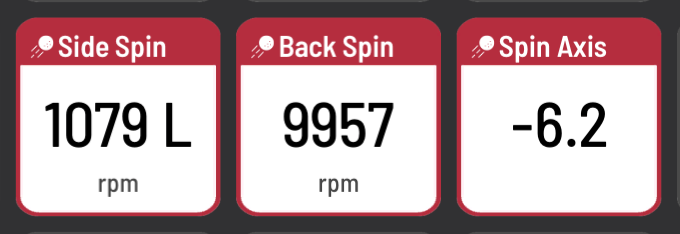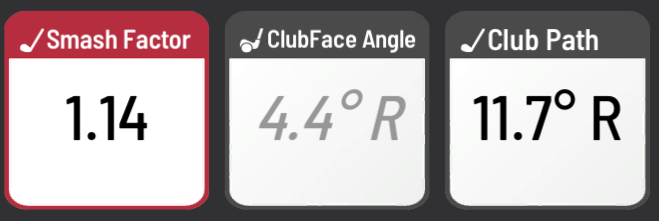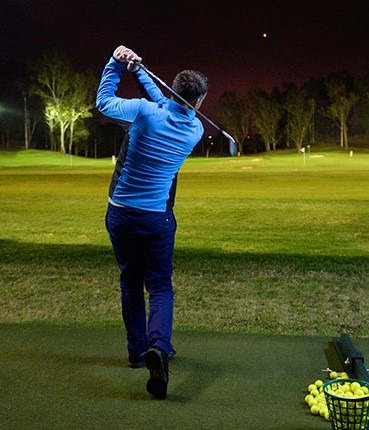When it comes to golfing, Hong Kong offers a surprising array of golf courses around the city, which cater to players of all levels and preferences. From world-class championship courses to family-friendly public facilities, the city’s diverse golfing landscape provides a unique and unforgettable experience. In this blog, we’ll present some of the most common golf courses to you. Whether you’re seeking a challenging round on a historic course or a leisurely game with scenic views, you can easily choose one to start your game.
Hong Kong Golf Club
Established in 1889, Hong Kong Golf Club is one of the oldest golf clubs in Asia and has consistently been the home to major golf tournaments, such as The Hong Kong Open. Situated in Fanling, the north of Hong Kong, it offers a rich architectural heritage in the golfing experience. While each of its three golf courses – the Old Course, the New Course and the Eden Course – presents unique challenges, the Old Course, in particular, is noted for its rolling terrain, various hazards and complex layout that require golfers to come up with strategic plans to ensure precision in their shot making. The club is also equipped with facilities, such as a driving range and fine dining options, along with a vibrant golfing community that welcomes both local and international players.
The Clearwater Bay Golf & Country Club
For golfers looking for picturesque scenery to accompany their golf practices, The Clearwater Bay Golf & Country Club is clearly the choice. An exclusive gem that features an 18-hole championship course designed by the legendary Peter Thomson, Ross Perrett and Mark Rathert, its layout is celebrated for its dramatic elevation changes and strategically placed bunkers that harmonize well with the natural terrain and coastal winds, catering to golfers of all skill levels. Housing a clubhouse and various recreational facilities, including tennis courts and a swimming pool, this golf club is a premier destination for golf enthusiasts in Hong Kong.
Discovery Bay Golf Club
Golfers can revel in the panoramic views of Victoria Harbour and Sunset Peak while playing any of the nine-hole courses – Diamond, Jade, or Ruby at Discovery Bay Golf Club. These nines, designed by the renowned golf course designer Robert Trent Jones, put your skills to the test with quick greens, sharp doglegs and water hazards. Beyond simply playing golf, the club members can enjoy various dining options, a pro shop and multiple amenities. Plus, with Hong Kong Disneyland nearby, it’s a fantastic choice for family-friendly outings.
Shek O Golf & Country Club
Featuring an unconventional structure, the Shek O Golf & Country Club’s golf course is significantly shorter than traditional golf courses, spanning only 4,665 yards. With an eighteen-hole, par-sixty-five layout, many of the holes share the same fairway area. This compact design makes for an interesting play for golfers. While you may hire a caddie to carry your equipment and provide all sorts of assistance, the club does not offer any golf cart, which means that you have to walk the course to move between holes, increasing and encouraging a higher amount of physical activity for the game.
Hong Kong Golf & Tennis Academy (HKGTA)
Located in Sai Kung, Hong Kong Golf & Tennis Academy (HKGTA) is a premier facility that houses the PGA of America Learning & Performance Institute under its roof. Offering an extensive driving range, short-game course and climate-controlled studios for coaching, HKHTA has all the facilities for those seeking to hone their skills in golf. The academy provides advanced technology for performance analysis and professional instructors to guide golfers at all technical levels. Its unique focus on youth development through sports education sets it apart from other community-oriented golf facilities.
The Jockey Club Kau Sai Chau Public Golf Course
Having the first GEO Certified™ golf course in the Asia Pacific region, the Jockey Club Kau Sai Chau Public Golf Course is renowned for its commitment to sustainable and environmentally friendly practices. Not only does it use solar-hybrid ferries as a means of transportation to take the members to its location, but it also offers solar-powered golf carts for golfers to navigate the course. This public golf facility features three eighteen-hole layouts – the North Course, the South Course and the East Course, which are designed to cater to both leisure players and experienced golfers. As a public course, the facility is highly accessible, providing an affordable yet high-quality golfing experience in Hong Kong.
Riverside Whitehead Golf Club
With its driving range covering over 400,000 square feet of land, Riverside Whitehead Golf Club is one of the largest golf clubs in Hong Kong. It has 63 bays, each over 200 yards deep. This design is particularly helpful for golfers to practice their swings and learn how to control ball flight trajectories. Family-friendly, the club also features a unique barbecue area, suitable for gatherings for visitors of all ages.
Looking for alternatives to traditional golf courses in HK?
Beyond traditional golfing experience, Optimus Golf Performance (OGP) offers tailored training with fully equipped indoor facilities to hone your skills. Whether you’re a beginner or an advanced golf player, you can easily benefit from the one-on-one guidance from our coaches and advanced technology, such as high-speed cameras and ground sensors, to get yourself ready to play on the actual golf courses in HK. Contact us today if you have any questions about our services, plans and pricing.











